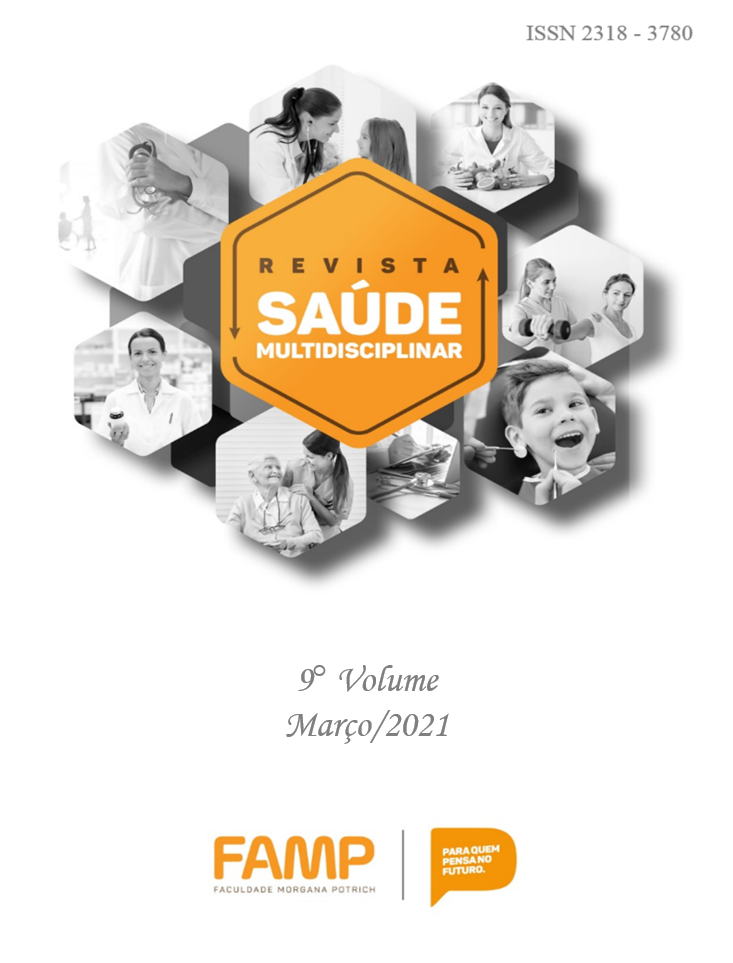ESTUDO DE REVISÃO COMPARATIVA SOBRE TERAPIA PULPAR EM DENTES DECÍDUOS COM CTZ E HIDRÓXIDO DE CÁLCIO
Keywords:
Pulpectomy, deciduous tooth, calcium hydroxideAbstract
It is a common consensus in the scientific literature that the main objective of pediatric dentistry is the preservation of primary dentition until its natural exfoliation, being necessary, often, the dentist must use more radical techniques, such as endodontics, to guarantee the tooth preservation. However, the success of this therapeutic approach requires a correct indication of the best intracanal medication in each case. The aim of this work is to review in the literature two drugs indicated for endodontic treatment of primary teeth, CTZ and calcium hydroxide. Among 150 articles found, 80 articles were selected to make the scientific context relevant to the work. The exclusion criteria were articles with inadequate methodologies, incomplete and unrelated to the topic. CTZ stands out for being an effective medication with antimicrobial action in both aerobic and anaerobic bacteria, and can be indicated in cases where intracanal instrumentation and irrigation is not possible, resulting in shorter working time, the quality much required in pediatric procedures. Mainly in case of non-collaborating patients. However, the clinical application of CTZ comes with many additions in relation to its components, which may present risks of cytotoxicity and cause staining, neverthless the studies cannot be conclusive, as there is a great deficiency of evaluative studies presenting supporting evidence of these arguments. Calcium hydroxide has many relevant properties such as its biocompatibility, bacteriostatic action and its power to induce the formation of mineralized bone tissue, contributing to the tissue repair process, however studies show a low effectiveness in the face of infected dentin and smear layer as well as the presence Enterococcus Faecalis, being considered the most common bacterium in chronic periapical lesions and associated with endodontic failures, and since its action is by contact, good instrumentation is required, taking the material throughout the root canal. It's concluded, therefore, that both materials have their advantages and disadvantages, but are more efficient in the success of endodontic treatment in primary teeth, and the quality of a obturator treatment is based mainly on the correct diagnosis with a precise indication of the best obturator material, besides a careful execution of the technique.









